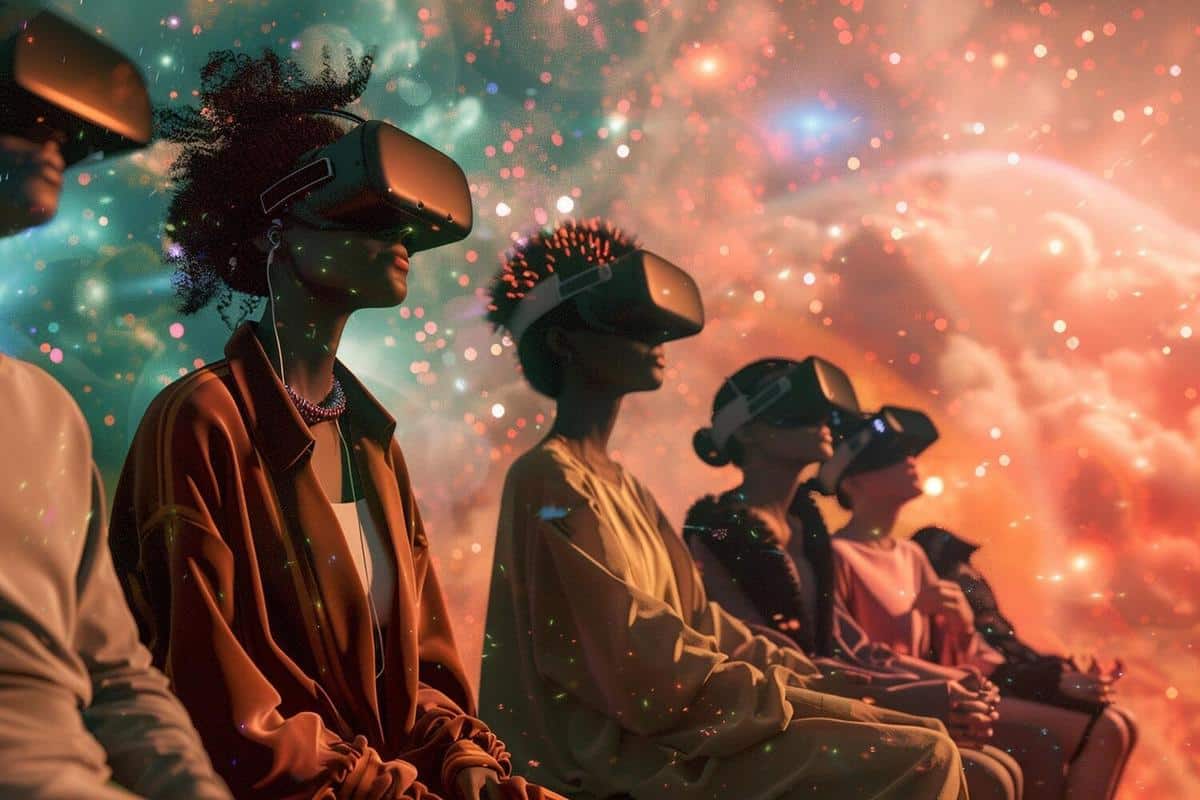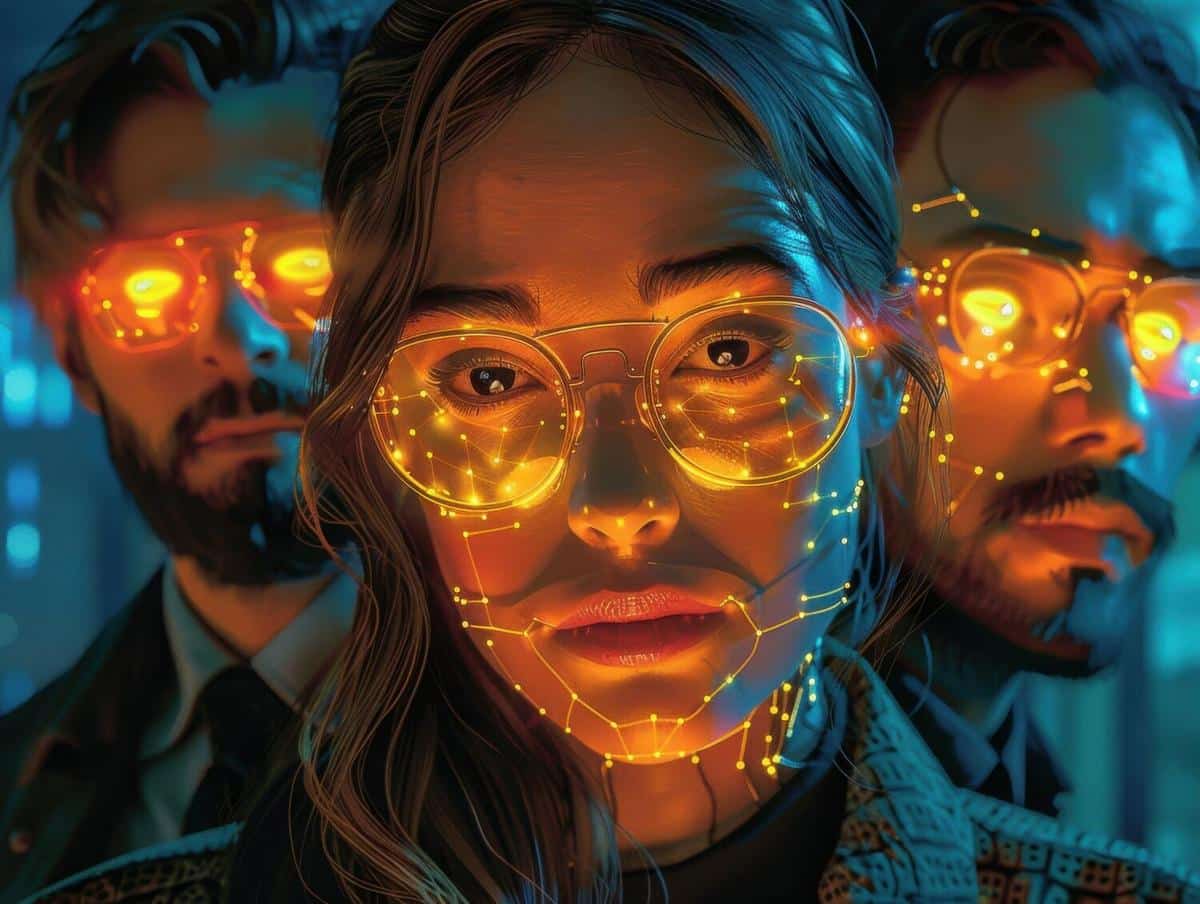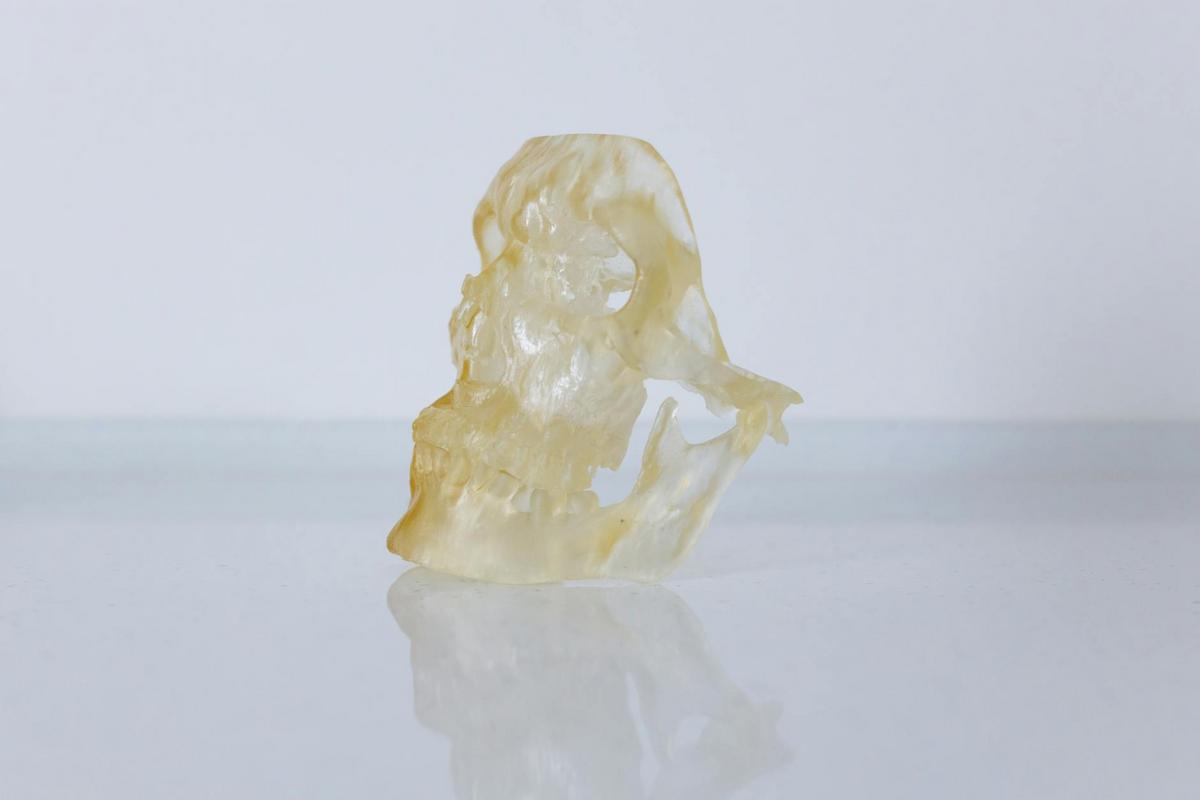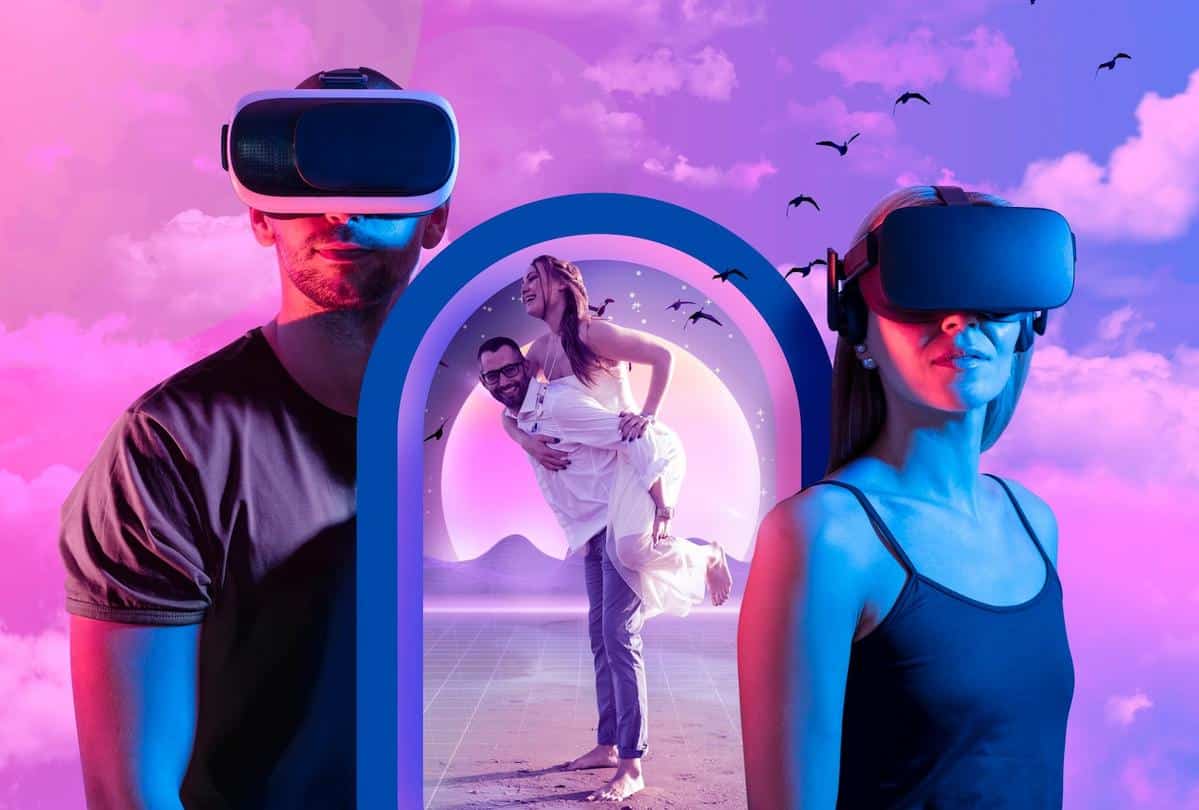
Virtual Museums: The Future of Historical Preservation
Imagine stepping into the past from the comfort of your living room, exploring ancient artifacts and historical sites with just a click. Virtual museums are revolutionizing the way we experience history, offering a new dimension to historical preservation.
As technology advances, the traditional museum experience is evolving dramatically. Virtual museums provide an innovative platform for preserving history, enabling wider access to cultural heritage. According to the American Alliance of Museums, digital engagement has increased by over 300% in the past five years, highlighting a significant shift towards online exploration.
The Rise of Virtual Museums
Virtual museums offer a dynamic way to explore history without geographical constraints. Dr. Fiona Cameron, a digital culture expert, notes that these platforms enhance accessibility and inclusivity, allowing anyone with internet access to engage with historical content. This democratization of history means that rare artifacts and exhibits are no longer confined to physical locations.
Benefits of Virtual Museums
- Accessibility: No matter where you are in the world, virtual museums are accessible 24/7.
- Preservation: Digital replicas can protect fragile artifacts from damage.
- Interactivity: Users can engage with multimedia content, including 3D models and interactive tours.
- Educational Value: Ideal for schools and educators, providing a rich resource for learning.
Real-World Examples
Several institutions have pioneered virtual museum technology. The Louvre offers virtual tours of its renowned exhibits, allowing art enthusiasts to admire masterpieces from afar. Similarly, the British Museum provides an interactive timeline of world history, enabling users to explore artifacts through time.
| Virtual Museum | Features |
|---|---|
| The Louvre | Interactive tours, 3D models |
| British Museum | Historical timeline, artifact exploration |
| Smithsonian Institution | Virtual reality experiences |
| Vatican Museums | High-resolution tours |
| The Met | Curated digital exhibits |
| Guggenheim Museum | Virtual gallery walk-throughs |
| Rijksmuseum | Interactive app experiences |
| National Gallery | Art and artist insights |
Actionable Tips for Engaging with Virtual Museums
- Schedule Visits: Dedicate specific times for virtual museum tours to avoid distractions.
- Use High-Speed Internet: Ensure a stable connection for a seamless experience.
- Engage with Interactive Content: Take advantage of multimedia features to enhance learning.
- Explore Diverse Collections: Visit various museums to gain a broader perspective.
FAQs
Are virtual museums free?
Many virtual museums offer free access to their digital collections, although some may charge for premium experiences.
Can I use my smartphone to visit virtual museums?
Yes, most virtual museums are accessible on smartphones and tablets, offering mobile-friendly interfaces.
How can virtual museums benefit educators?
Virtual museums provide educators with rich, interactive content to supplement their teaching materials and engage students in unique ways.
Is the experience comparable to visiting a physical museum?
While nothing can replace the experience of seeing an artifact in person, virtual museums offer features like detailed zoom and expert commentary that enhance understanding.
Conclusion
Virtual museums represent a significant advancement in the preservation and dissemination of historical knowledge. By embracing this technology, we can ensure that cultural heritage is accessible to all, fostering a deeper appreciation of our shared history. As these platforms grow, their role in education and preservation will continue to expand, inviting everyone to explore the past in new and exciting ways.


